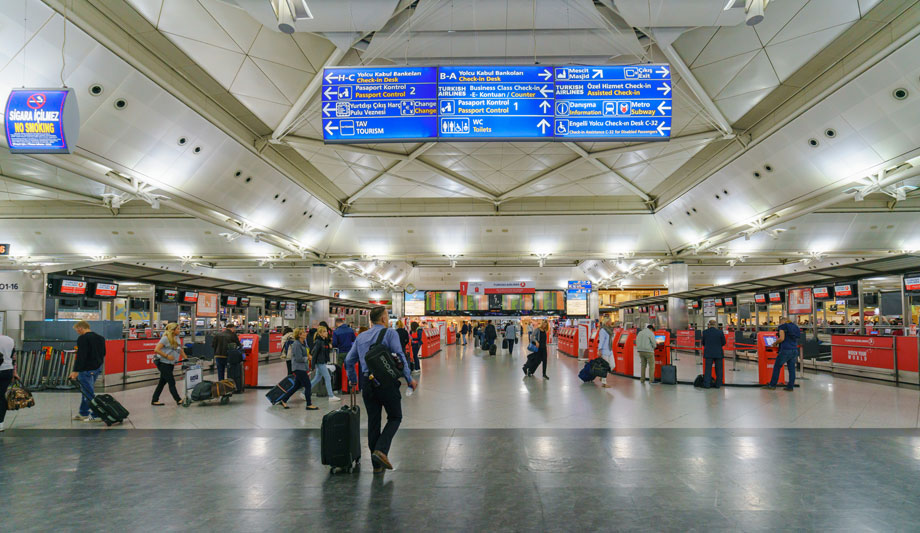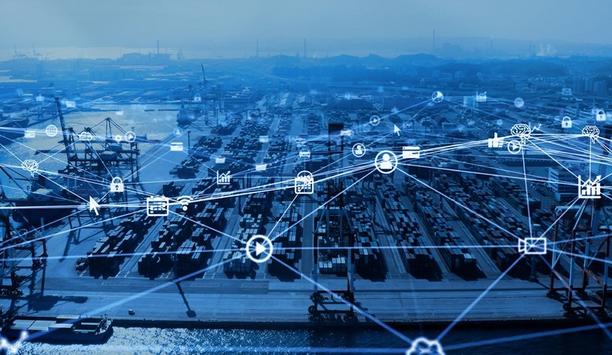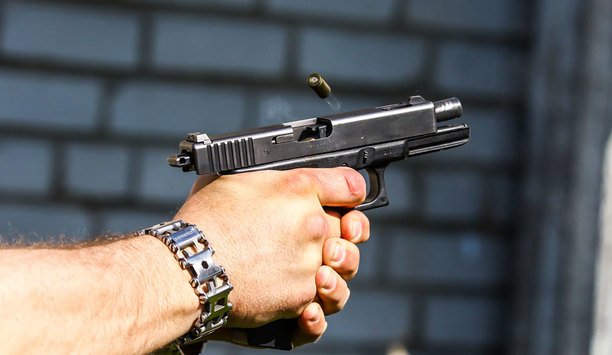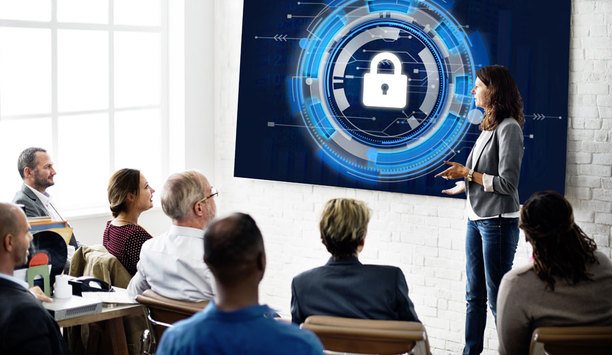The reason for long lines at U.S. airports is that the airlines now charge fees for checked bags.
It’s as good an explanation as any of why airport passenger screening lines suddenly and mysteriously grew out of control during May (and then became manageable again in June). It’s not the only explanation floating about – there’s plenty about high travel volumes, Transportation Security Administration (TSA) personnel shortages, etc. etc. – but it’s the one that appeals to the disgruntled traveler in all of us. In the absence of definitive answers, why shouldn’t two of the biggest gripes we all have with air travel – luggage fees and long security wait times – be a case of cause and effect?
I acknowledge the oversimplification. However, in addition to its obvious appeal, the explanation also has a germ of truth, and skipping past the details, it’s the government’s fault!
US Government Negligence Towards TSA Officers
Specifically, the U.S. government has levied a 7.5 percent excise tax on airplane ticket prices. However, the tax doesn’t apply to baggage fees. In effect, there is an incentive for airlines to lower ticket prices (subject to the tax) and implement or raise baggage fees (which are not) to offset the reductions. The approach gives travellers a specific incentive (say, $25) to carry their bags onto the plane rather than check them before going through the screening area. More bags clog up the operation, thus delaying airport screening. Absent the federal tax, it makes sense to “bundle” the charges into a higher ticket price rather than charging separately. Hence the argument: It’s the government’s fault!
Experts say a roughly 10 percent reduction in screening personnel has coincided with a 15 percent increase in passenger volume, contributing to the recent crisis |
There are other possible explanations that are also the government’s fault, from not enough overtime pay for TSA-employed screening officers, to insufficient staffing of screening checkpoints. The leader of the union that represents TSA officers says Congress has “starved TSA of the resources it needs to meet growing demands at our nation’s airports.” Experts say a roughly 10 percent reduction in screening personnel has coincided with a 15 percent increase in passenger volume, contributing to the recent crisis.
Nobody likes to wait two hours (or more!) in an airport screening queue, which was the unfortunate situation that flooded news reports during much of May.
Attempted Solutions Add To Airport Security Check Delays
And some of the proposed solutions seemed to contribute to the problem. For example, a new automated technology – so-called Innovation Lanes – provides expedited screening processes and promises to move passengers through the system more quickly. However, it was the installation of the new equipment at a security checkpoint in Atlanta (during which the checkpoint was closed) that contributed to some of the more extreme wait times in May.
Another proposed solution is the TSA PreCheck lanes, where prescreened passengers get to speed through wearing their belts and shoes. But fewer than the projected number of passengers opted to pay the $85 fee for the program, and some observers have suggested that resources devoted to screening PreCheck passengers could do more overall good if reassigned to screening the masses.
“I got here two and a half hours before my flight, and security took two to three hours to get through,” one traveler recently told a TV station in Chicago. In March, TSA Administrator Peter Neffenger said wait times had nearly doubled over the previous year. Not to mention reports of data showing that TSA agents fail 95 percent of security tests involving passing weapons through security.
For now, the problem seems to have abated, and airport and TSA officials were congratulating each other all around after average wait times improved drastically over the Memorial Day holiday weekend. A new TSA 10-point plan (more officers, overtime, canine teams, etc.) is being implemented. But what about the upcoming busy summer travel season? We may not have seen the end of those long security wait times…










































